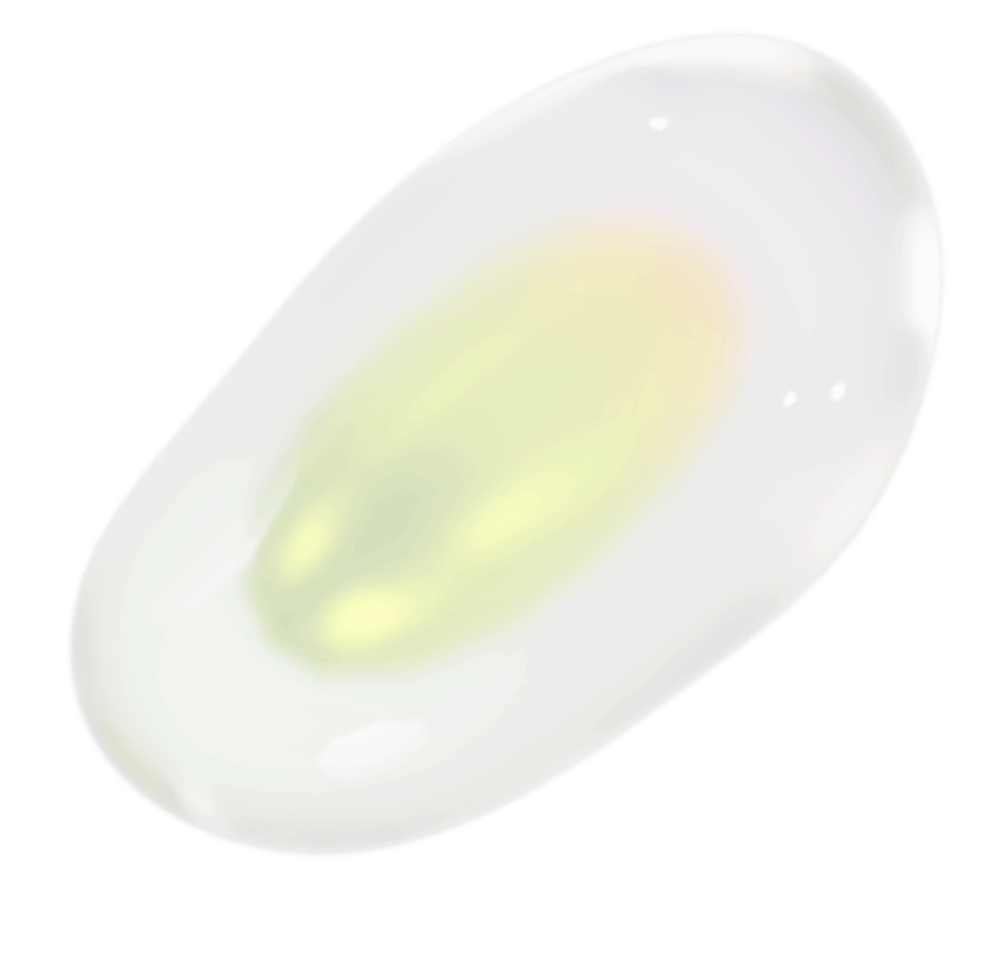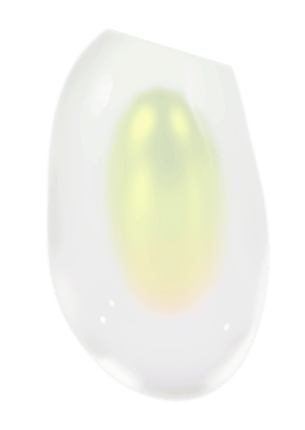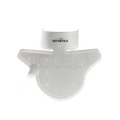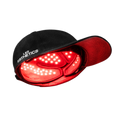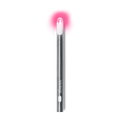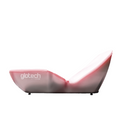Copper Peptides and LED Therapy
In vitro observations on the influence of copper peptide aids for the LED photoirradiation of fibroblast collagen synthesis
Pei-Jane Huang 1, Yi-Chau Huang, Mei-Fang Su, Tzu-Yi Yang, Jone-Ray Huang, Cho-Pei Jiang
Affiliations expand
PMID: 17603859 DOI: 10.1089/pho.2007.2062
Abstract
Objective: The purpose of this study was to evaluate the influence of Cu-GHK aids for the LED-PI on fibroblast proliferation and collagen production in vitro.
Background data: Light-emitting diode photoirradiation (LED-PI) and copper-glycyl-L-histidyl-L-lysine complex (Cu-GHK) treatment may be useful in accelerating the rate of wound healing. Red LED (625-635 nm) was used as a light source for LED-PI. In the process of wound healing, Cu-GHK was shown to be an activator of remodeling. LED-PI would maintain fibroblast activity and viability, and there would be a positive effect on type I collagen (COL1) and basic fibroblast growth factor (bFGF) production from the combination of LED-PI and Cu-GHK incorporation.
Methods: Cell activity/viability, procollagen type I C-peptide (P1CP), and bFGF were evaluated in vitro with human fibroblasts (HS68). The effects of single factors (LED-PI using 0, 1, and 2 J energy doses) or a combination of factors (LED-PI and Cu-GHK) on fibroblast viability (i.e., alamarBlue reduction), collagen production (i.e., P1CP production and COL1 mRNA expression), and bFGF secretion were also evaluated.
Results: Reduction in cell viability was significantly suppressed with LED-PI (1 J) and Cu-GHK-supplied incubation. Cell viability was increased 12.5-fold compared with the non-irradiated group (0 J). Collagen production was also increased significantly with LED-PI and Cu-GHK incorporation (197.6 ng/mL). A dose-response effect was observed for LED-PI combined with Cu-GHK. The combinative effects of LED-PI and Cu-GHK led to an increase not only in bFGF secretion (approximately 230%) but also in P1CP production (approximately 30%) and COL1 mRNA expression (approximately 70%) compared with LED-PI alone.
Conclusion: LED-PI maintained human fibroblast (HS68) viability and increased collagen synthesis when applied by itself. In the combinative stimulation for in vitro collagen production (when LED-PI was followed by Cu-GHK-supplied incubation), stimulated cells showed increased bFGF secretion, P1CP production, and COL1 expression, compared to the LED-PI treatment alone.
